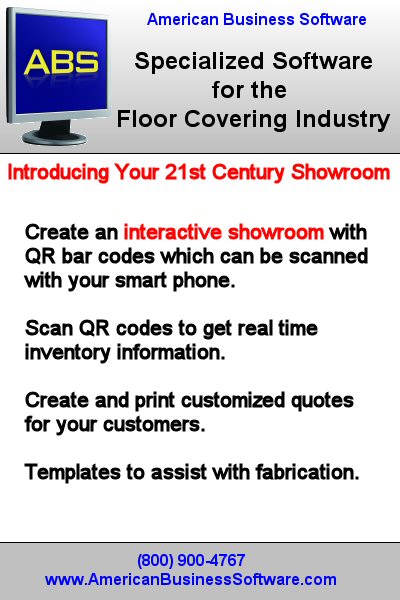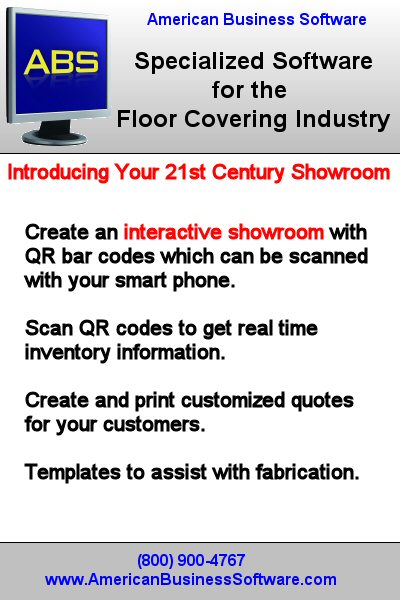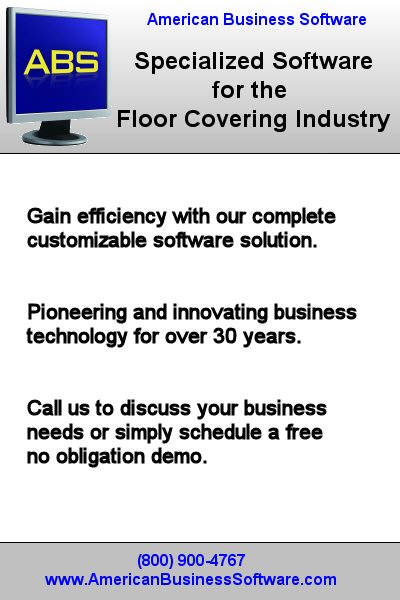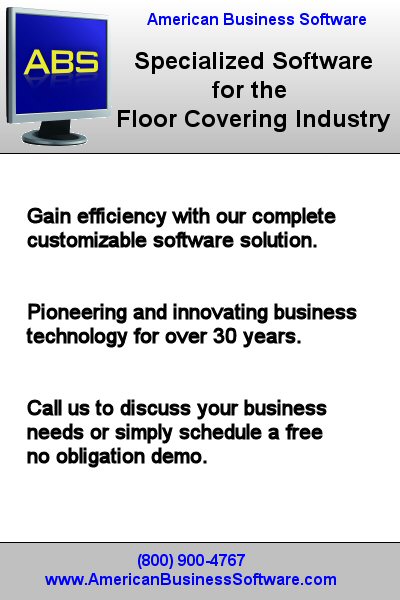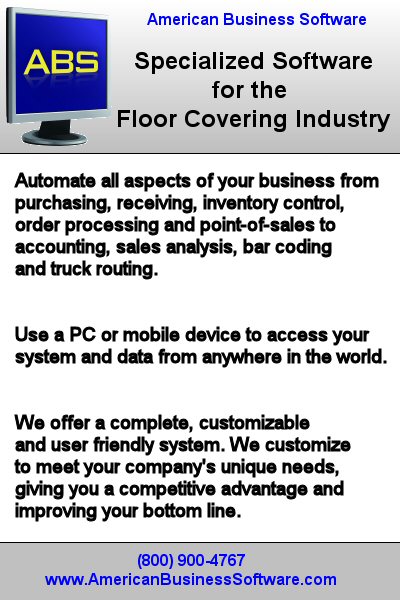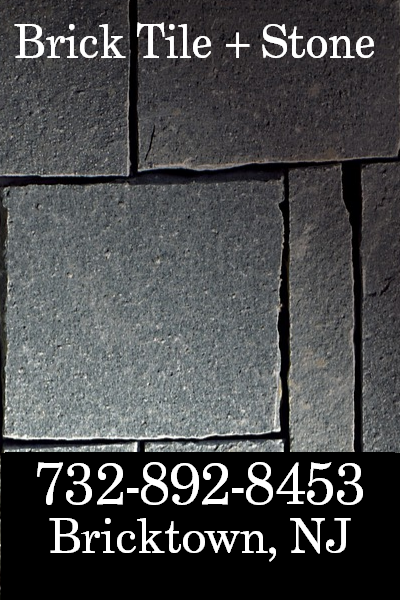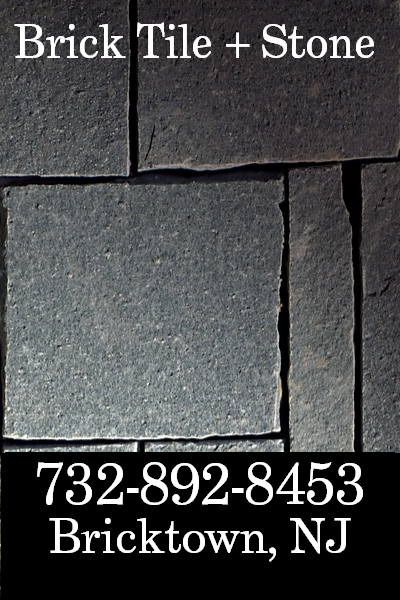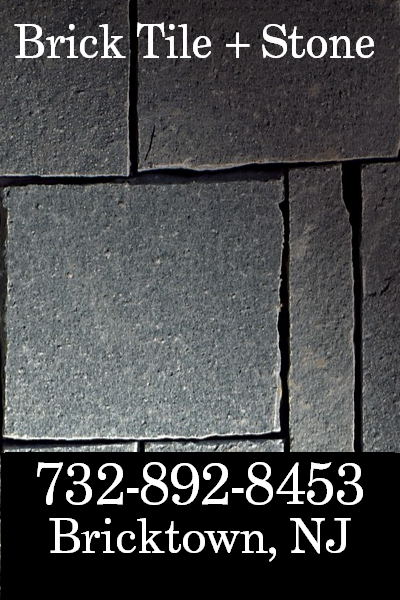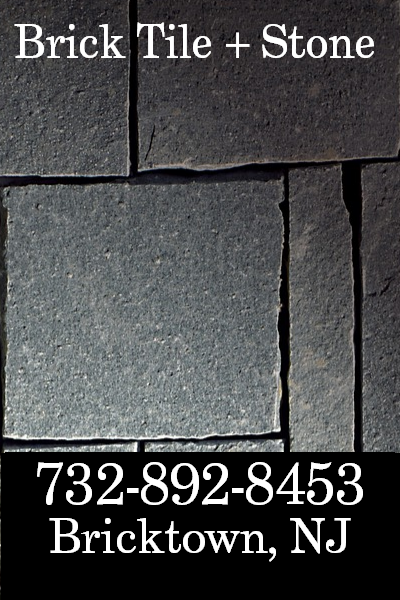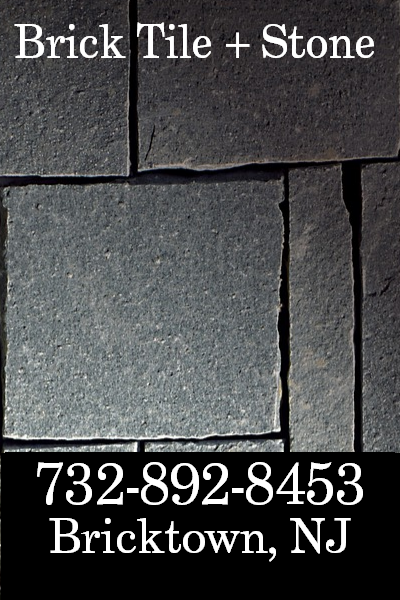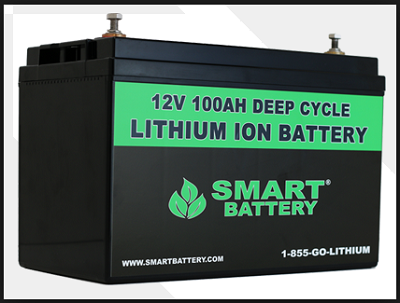
Flooring contractors requiring a portable source of power find a rechargeable battery a useful convenience at the jobsite. However, the charge such batteries hold are often insufficient. Professionals and ambitious do-it-yourself consumers are hoping for much stronger batteries. A recent discovery may one day improve the storage capacity of lithium ion batteries.
While rechargeable lithium ion batteries are well-established as safe and reliable sources of electrical power for personal electronics, electric vehicles, and even as backup for power grids, their limitation is the amount of electrical energy that they can store within them. A battery with the potential for greater storage capacity could be used to produce devices that are smaller and lighter, or electric vehicles with improved range between recharging.
One way to improve battery storage capability is to increase the ability of the anode to store lithium ions during the charging phase. Although lithium metal can be used as an anode to increase the availability of lithium ions, it can have safety issues. Researchers at Rensselaer Polytechnic Institute (RPI) in Troy, NY have published results in Science, detailing novel heating of the anode. Their goal is to solve some of the problems that arise in the use of lithium metal in batteries. A lithium ion battery is made up of a negative electrode (the anode), a positive electrode (the cathode), and an electrolyte that allows the transfer of lithium ion between the two electrodes. When a lithium ion battery is discharged, lithium ions travel from the anode, through the electrolyte, to the cathode. During the chemical process, excess electrons travel through an external electrical circuit, powering an electronic device before returning to the cathode. When the battery is charged, the opposite occurs as lithium ions are transported from the cathode back to the anode.
Ideally, the source of lithium ions at the anode is a foil made from lithium metal, as pure metal would provide the maximum number of ions for transfer. Unfortunately, when lithium ions reach an anode made from pure metal during charging, they don’t form a smooth layer. Rather, they form spiky structures called dendrites. These dendrites can grow large enough after several charge and discharge cycles that they can create a short circuit between the anode and cathode, which could even result in a fire.
Lithium ion limits: In a modern, commercial lithium ion battery, the dendritic growth of lithium is prevented by making the anode out of sheets of carbon graphite. The lithium ions diffuse in those graphite sheets and are stored in the carbon matrix. Because the lithium ions are isolated from one another and separated by carbon, they don’t form dendritic crystals. However, it takes six carbon atoms to isolate and contain one lithium atom. As a result, much of the weight of the anode doesn’t contribute lithium ions to generate electricity. “Lithium-ion batteries with carbon-based anodes are the best available option, but they can no longer keep up with the storage-capacity demand,” said RPI Professor Nikhil Koratkar, co-author of the Science paper, in a press release from the university, adding: “for any significant new improvements, we must look elsewhere. The best option would be a lithium metal system.”
Smooth Metal: The RPI research team discovered that if the lithium metal making up the anode was heated, the lithium metal would experience surface diffusion, smoothing out the dendrites and merging them into an almost smooth, uniform layer. What’s more, the heating of the anode could be accomplished through internal resistive heating—passing a high current through the anode and allowing the resistance of the metal to current flow to produce the required heating. The researchers proved the idea worked using an experimental lithium-sulfur battery.
Spreading the dendrites into an even layer could take place as part of a healing process, whereby the battery would undergo a few cycles at a high rate of charge and discharge. It would be controlled by a battery management system, which would trigger heating of the anode when needed. “A limited amount of cycles at high current density would occur to heal the dendrites, and then normal operations can be resumed,” according to Koratkar who added: “self-healing would occur as a maintenance strategy, long before the dendrites become a safety hazard.”
Ordinarily, charging and discharging a lithium battery at very high currents can result in unwanted dendrite growth. So using the technique to fuse the dendrites into a smooth surface is an interesting concept. Although the technique to heal dendrite growth appears to hold promise, the effect of high temperatures on electrolytes and the cathode materials will need further investigation. As with so much of present-day battery research, the success and reliability of the technology developed by the RPI researchers will only be proven when it has been commercialized.
Floor Covering Media publishes
press releases called Flooring Updates.


Floor Covering Media is
a social media network.

Retrieve timely, objective news and
information at https://www.floorsearch.info.



Why Advertise Here?
Exclusivity!
Attention! Flooring Advertisers and those who have been chosen to represent them! When on the lookout for valued venues visited by flooring buyers and suppliers, consider this effective, refreshingly affordable, alternative. During the months ahead, consider Floor Covering Media for the short list of potential candidates that deliver your message (or your client's message) to it intended target audience.
Measurability!
Test drive the Floor Covering Media advertising managment system; effortlessly tracking advertising response rates of multiple sets of supplied, advetising material; positioned at specified locations either for the duration of the placement or for specified time periods of the placement duration on demand. The advertising tracking system is conveniently reached. Look for the 'My Ad Responses' Profile Page Tab.
Simplicity!
Media planners tasked to located flooring focused, promotional resources are provided with a unique solution, which assures them that their promotional messages get the attention they deserve, as they are viewed by those exploring the market for flooring. Let your message align buyers and suppliers at the point of purchase. Buyers and suppliers could be accommodated on demand at Floor Covering Media.




Advertisements are placed in designated areas throughout the Floor Covering Media Website. Advertisements are empowered with special functionality, which enable would-be-buyers to reach the advertiser profile page, which is the landing area for prospective buyers exploring our market. The profile page is a hub for linking functionality and response tracking of promotional messages:
- Linking Functionality serves to empower browsers of would be buyers, whose curiosity is piqued by the creative, compelling promotional message in Advertiser’s Advertisement, to be transported from that Advertiser’s Advertisement to that Advertiser’s Profile Page.
- Click-Through Functionality serves to empower browsers of would be buyers, whose curiosity is sustained when visiting the Advertiser’s Profile Page, to click through from the Advertiser’s Profile Page to both their Internal Documents and their External Websites; once the Advertiser placing the Advertisement properly sets up Profile Page to enable links, which ultimately empower the would be buyers to satisfy their sustained curiosity.
- Response Tracking Functionality serves to empower browsers of member advertisers seeking to measure impact of their advertising message by transporting advertisers from link provided on their Profile Page to area of the site, which would conveniently display a calendar of an advertisement’s Click-Through Activity for the day, week, month and more.
Those would-be-buyers, responding to the promotional message, displayed in the advertisement, click on the link in the advertisement, which directs their browsers from the promotional message to the advertiser’s profile page, which is the landing area for respondents; seeking to learn more about: the advertiser, their organization, products, accessories, services, press releases and their external Websites. The profile page serves those professionals seeking background information. Post links leading to job campaign portfolios, resumes and cover letters, for those considering a career transition within our industry or those in pursuit of a career change from another industry. Employers, hiring executives and employment agencies could benefit during candidate searches.
Linking functionality, from profile page hub, is virtually limitless within the confines of our industry. Advertisers post internal links on their profile pagefor the purpose of promoting their organization, its image, their family of products and workforce background information. Internal links redirect browsers from the advertisement through the profile to the documents reached from profile page. External links redirect browsers from the advertisement through profile to Website reached from profile page for the purpose of building additional traffic volume to websites serving our industry.



































